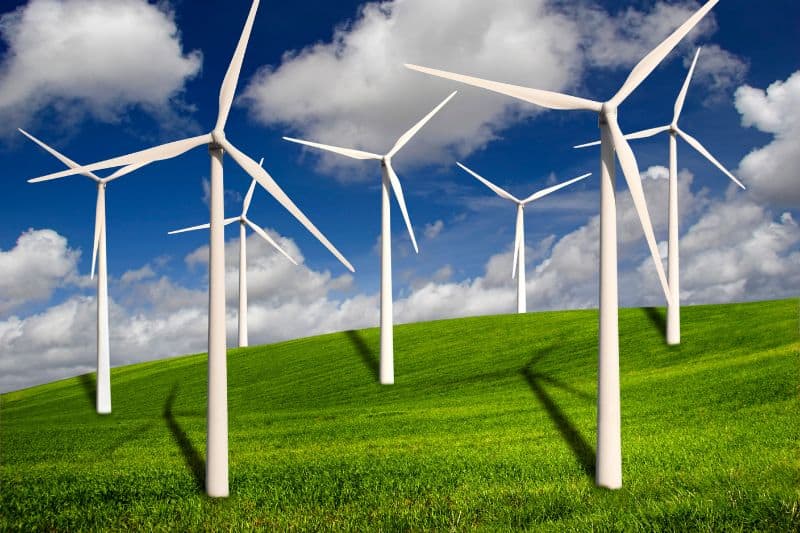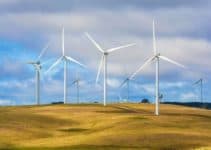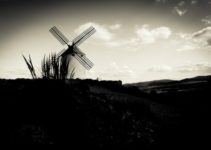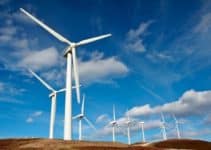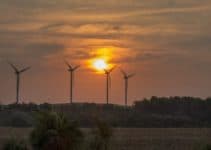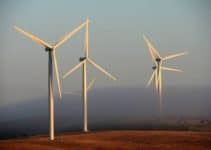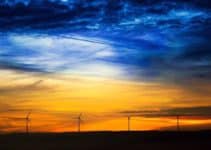Like solar energy, wind energy is one of the fastest-growing energy sources in the world, with the United States aiming to produce 20 percent of its electricity by wind power by 2030.
There is no doubt that wind energy will reduce our reliance on fossil fuels like coal, oil, and gas in the coming decade, but the extent to which that will happen can only be speculated.
One of the reasons for the switch is that wind power is a renewable and clean source of energy that doesn’t generate any greenhouse gases, and that’s good news, especially with the increasing concerns over global warming, pollution, and other impacts of using fossil fuels.
Wind costs nothing, so operational costs are nearly zero once a turbine starts running. Plus, research efforts in the field of technology aim to make it even cheaper and a more viable alternative for individuals and businesses. On the other hand, many governments offer tax incentives to create growth for the wind energy sector.
The fuel in the earth will be exhausted in a thousand or more years, and its mineral wealth, but man will find substitutes for these in the winds, the waves, the sun’s heat, and so forth.
~ John Burroughs
If you are looking to get started with wind energy for your home, there are many things you need to consider. This article will examine the pros and cons of investing in wind energy for your home and/or business.
Learn more about the 35 facts about wind energy.
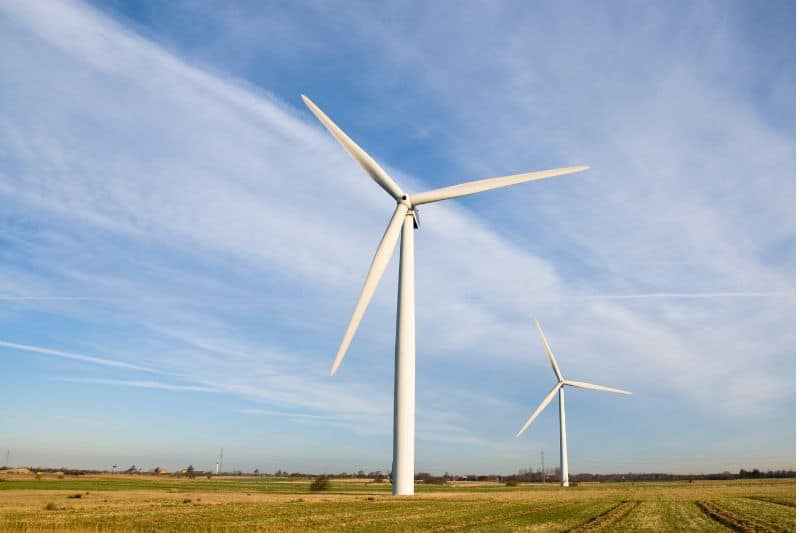
Various Pros of Wind Energy
Wind energy has many benefits, especially compared to traditional energy sources. Some of these advantages include:
1. Wind Energy Is a Clean Source of Power
The production of wind energy is “clean.” Unlike using coal or oil, creating energy from the wind doesn’t pollute the air or require any destructive chemicals.
Plus, since wind is readily available, using this source of energy lessens our reliance on fossil fuels from outside nations, boosting the national economy and offering a variety of other benefits as well.
2. Renewable Source
Winds are caused by the earth’s rotation, heating of the atmosphere by the sun, and the earth’s surface irregularities. Hence, we can use wind energy to generate power as long as the sun shines and the wind blows.
In other words, as long as the earth’s rotation and heating of the atmosphere continue, wind will never cease. That’s unlike regular non-renewable assets that deplete with time.
3. Wind Energy Has Low Operating Costs
Sure, wind farms or individual turbines can be expensive to install. But then, once the setup is done and things are up and running, operating costs are relatively low.
That’s because the fuel (wind), in this case, is free, and the turbines don’t require too much maintenance over the course of their life.
4. Cost-Effective
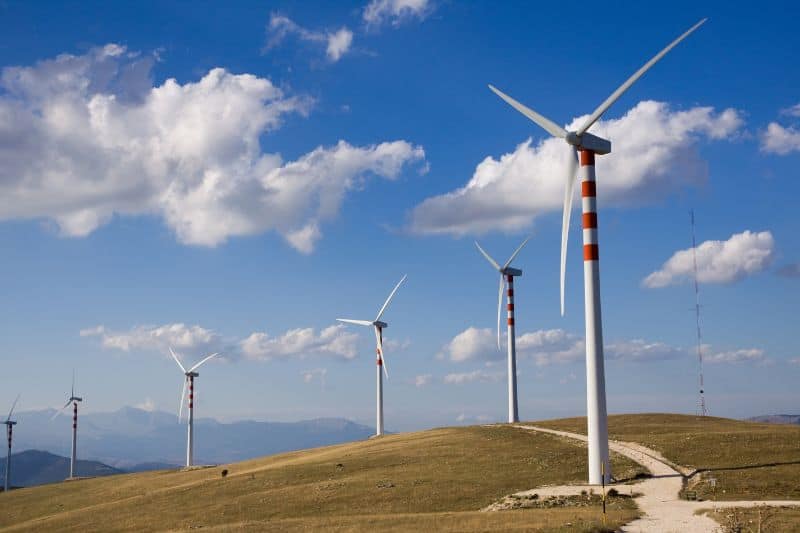
Wind turbines can give energy to numerous homes. You don’t actually need to possess a wind turbine to use this energy. Instead, you can source your power from a service organization that offers wind energy in your area for an affordable price.
That means you don’t necessarily have to invest any cash to reap the benefits of wind energy for your home or business.
5. Prices are Decreasing
Prices of wind energy have decreased by over 80% since 1980. And thanks to technological advancements and increased demand, the downward trend of the prices of this source of energy will remain in the foreseeable future.
6. Extra Savings for Land Owners
Landowners who lease land to wind farms can earn extra income. Wind energy generation also creates jobs in this growing field.
Government organizations may pay for installing wind turbines on your land, and sometimes the electric company owes you. If you produce excess wind power, it can be added to the general electric grid, earning you extra money — a win-win situation!
7. Use of Modern Technology
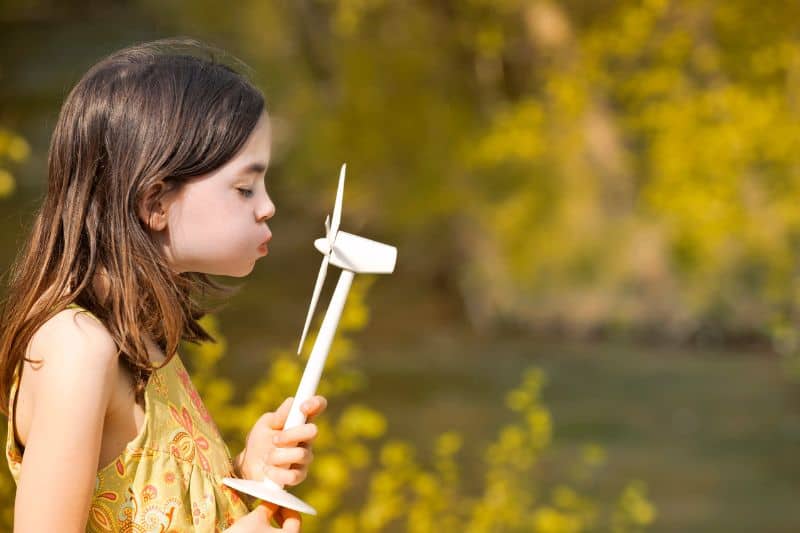
Some consider wind turbines to be incredibly attractive. The newest models don’t look like the clunky, rustic windmills of old times. Instead, they are white, slick, and modern-looking. That way, you don’t have to worry about them becoming an eyesore on your land.
The latest technological advances have transformed preliminary wind turbine designs into extremely efficient energy harvesters. They are available in a wide range of sizes for farms, factories, and large private residences, extending the market with many different types of businesses and individuals for use at home on larger plots and other plots of land.
Portable wind turbines are also available and can power small devices on the go. The latest models will generate even more electricity, require less maintenance, and run more quietly and safely.
8. Wind Power Has Seen Rapid Growth
Wind energy has seen enormous growth in the last decade. According to the U.S. Department of Energy, cumulative wind power capacity increased by an average of 30% per year. Wind energy accounts for about 2.5% of the total worldwide electricity production.
The growth in popularity is perhaps because wind turbines are available in various sizes, which means a vast range of people and businesses can take advantage of them to produce power for their own use or sell it to the utility to reap some profits.
9. Huge Market Potential
The potential for wind power is huge. Several independent research teams have reached the same conclusion that the worldwide potential of wind power is more than 400 TW (terawatts). Harnessing wind energy can be done almost anywhere.
10. Great Potential for Residential Uses
The wind energy is especially appealing to the residential market. People can generate their own electricity with wind power like they do with the best solar panels (photovoltaic).
Wind is an independent energy source, and it’s great for powering homes. In addition to this, wind-powered homeowners also gain access to something called net metering. Net metering basically provides credit to electricity bills for any excess power generated in a given month.
Homeowners actually get paid for extra energy production, which can even protect them from blackouts and fluctuating energy prices.
11. Wind Farms Can Be Built on Existing Farms

Wind turbines are incredibly space-efficient and can be installed on existing farms or agricultural land in rural areas without affecting the activities happening there. That’s because installation doesn’t occupy much space, so farmers can continue to work on the land.
Currently, less than 1.5% of the contiguous U.S. land area is used by wind power plants. However, if all the plains and cattle land are made available in the country’s interior, there’s a lot of opportunity for expansion if landowners and government land managers are up for it.
12. Conserves and Keeps Water Clean
Turbines don’t emit particles that add to mercury pollution in lakes and streams. Wind energy also saves water. To generate equal electricity, nuclear power uses about 600 times more water than wind, and coal uses about 500 times more water than wind.
13. The Wind Energy Industry Creates Jobs
The wind energy industry has boomed since wind turbines became commercially viable. As a result of this, the industry has created jobs all over the world. Jobs now exist for the manufacturing, installation, and maintenance of wind turbines, and there are even jobs in wind energy consulting.
According to a report by the International Renewable Energy Agency (IRENA), the renewable energy industry employed over 10 million people worldwide in 2017. Of these jobs, 1.15 million were in the wind power industry.
China leads the way in providing over 500,000 of these jobs. Germany is in second place with around 150,000 jobs, and the United States is a close third with around 100,000 wind energy jobs.
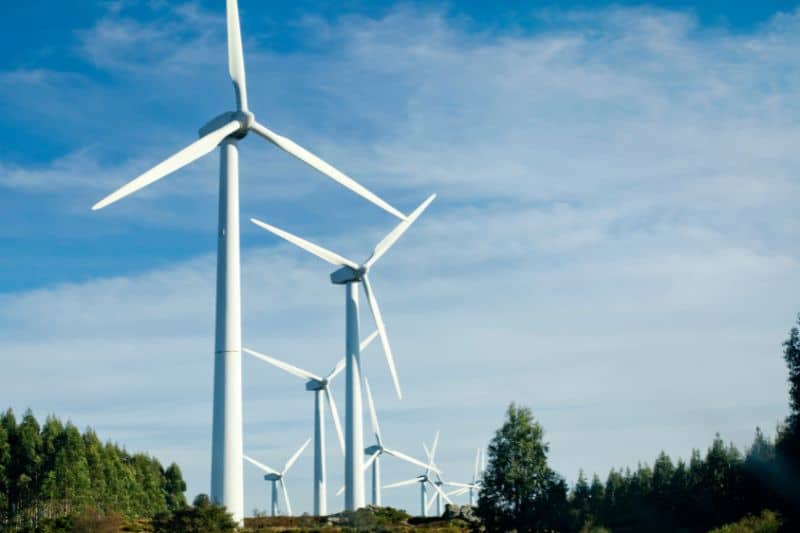
Various Cons of Wind Energy
Despite all the pros that come with wind energy, all isn’t sunshine and rainbows for this energy source. Let’s examine some of the drawbacks to the initiative.
1. Wind Reliability
Wind doesn’t generally blow reliably, and turbines usually function at about 30% capacity or so. In the event that the weather is not going to support you, you may end up without power (or, at any rate, you’ll need to depend on the electric company to take care of you during those times).
In addition, serious storms or high winds may cause harm to your wind turbine, particularly when they are struck by lightning.
2. Wind Turbines Could Be a Threat to Wildlife
The edges of wind turbines can be unsafe for wildlife, especially birds and other flying creatures in the area. There isn’t really a way to prevent this, but it’s something that you want to make sure you are aware of as part of the possible consequences that may come up as a result.
3. Wind Turbines Could Lead to Noise and Visual Pollution
Wind turbines can be a total and complete pain to install and deal with on a regular basis. Wind turbines produce sound that can be between 50 and 60 decibels, and that’s a lot of noise if you have to put it next to your home.
Some believe wind turbines are ugly, but as already pointed out, there has been a great evolution in design, and they now come with visually appealing designs.
As for admirers of this technology, most of them only like them but with a NIMBY (“not in my backyard”) attitude.
4. Are Expensive to Set Up
The manufacturing and installation of wind turbines require heavy upfront investments in commercial and residential applications. You’ll need to transport the large and heavy equipment, pay for the labor, and the installation process itself can temporarily disturb the area.
Wind turbines and other supplies needed to make wind energy could be extremely costly in advance, and depending on where you live, it might be hard to find someone to sell them to you and maintain them over time.
5. Cost Trade-off
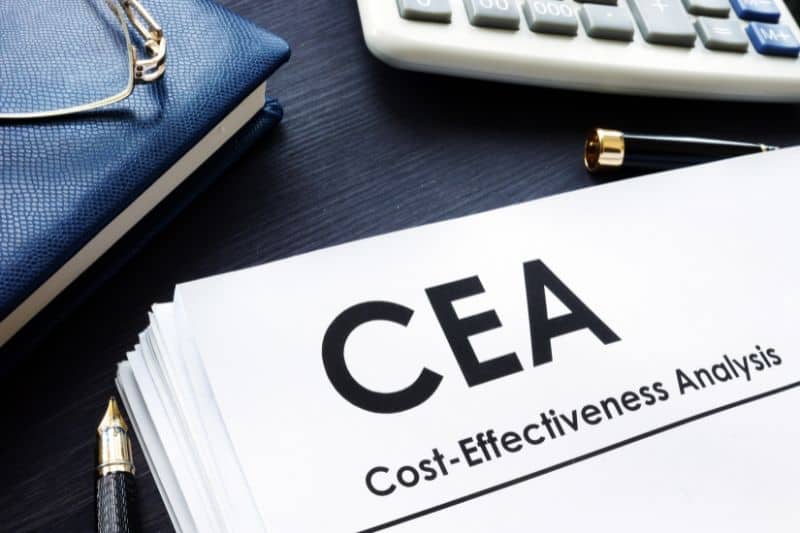
The cost-effectiveness of wind power is a subject of debate. Both large wind farms and small residential turbines depend on financial incentives. To make wind power competitive with established energy sources like fossil fuels and coal, these incentives are vital.
For a homeowner looking to become an energy producer, wind turbines can be a good option, but it would typically require an investment of around $40,000 to $70,000 for a 10-kilowatt turbine to become a net electricity producer. Such investments usually pay off in 10 to 20 years, which is a relatively long time
6. Safety of People at Risk
Severe storms and high winds can cause damage to the blades of the wind turbines. The malfunctioned blade can be a safety hazard to the people working nearby. It may fall on them, causing long-term physical disability or even death in certain cases.
7. Wind Power Can Be Harnessed at Certain Locations Only
Wind energy can only be harnessed at certain locations where the speed of the wind is high. In most cases, these are remote areas with fewer buildings and less obstructions. This means transmission lines have to be built to bring the power to the residential homes in the city, which requires extra investment to set up the infrastructure.
8. Shadow Flicker
Shadow flicker happens when rotor blades cast shadows while turning. Studies indicate that, in the worst scenarios, it affects nearby residents for a total of 100 minutes per year and only 20 minutes per year under typical conditions. Wind farm designers avoid placing turbines where shadow flicker could be a significant issue.
9. Effect on the Environment
Setting up wind turbines requires a lot of open space, and cutting down trees contradicts their eco-friendly purpose. Finding suitable locations can be challenging, and complying with city codes and regulations can be bothersome during installation. Height restrictions may also prevent installation on your property.
Uses of Wind Energy
The wind is a unique resource because we interact with it every minute. It has been harnessed since ancient times, and it is the most eco-friendly source of energy around. It has a wide range of uses. You may be familiar with a few, but others may totally catch you by surprise. Enough said, let’s drive through the most innovative uses of wind energy:
1. Wind Energy Can Be Used to Power Vehicles

Have you ever heard of wind-powered vehicles? If you haven’t, then know that there are vehicles powered chiefly by the wind. A typical example is the widely documented wind-powered car that completed a 3100-mile journey through Australia.
Although it wasn’t totally powered by wind, it’s a perfect example of how vehicles can be moved by alternative sources of energy. Precisely, the car used a combination of batteries, wind, and kite. For the entire journey, the car used an estimated $10 to $15 of energy, which underlines the cost-effective nature of wind energy.
2. Excellent Source of Power
Electricity is the main source of energy worldwide. In fact, almost every device produced is powered by it. The traditional way of electricity generation is using fossil fuels such as oil, natural gas, and coal. These fossil fuels emit greenhouse gasses and other harmful substances that pollute the environment.
Wind energy offers a solution to harmful gas emissions by harnessing wind power through strategically placed turbines. This can occur on a large scale, like wind farms, or on a small scale, where individuals use turbines to generate energy for their homes.
3. Sailing Cargo Ships
A typical example of the use of wind energy is the cargo ships developed by Cargill, Inc., an American corporation that is committed to making the world grow by innovating cutting-edge technologies. Cargill has scaled up and fully embraced the idea of installing a huge kite on one of its cargo ships to harness wind power.
The project is geared towards cutting back on the consumption of fuel and carbon dioxide emissions. We all know wind power has been used over the centuries to power sailing and smaller vessels, but innovators have taken it up a notch to assist in driving cargo ships.
4. Wind Energy Can Be Used in Sports
For countless years, wind power has been utilized to power some breathtaking sports such as windsurfing, sailing, kite flying, hang-gliding, kitesurfing, wind skiing, Para-sailing, and much more.
5. Wind Power Can Be Used to Pump Water
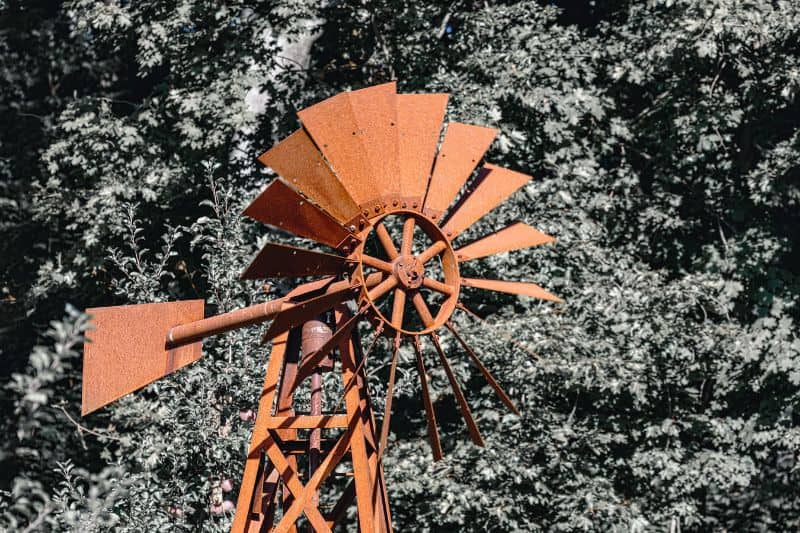
Utilizing wind power to pump water from underground is not a new technology. It has been used since ancient times. It’s a cheap alternative for some countries and communities. Essentially, no extraordinary costs are involved compared to using huge pumping tracks powered by fossil fuel energy sources.
With many people shifting to green lifestyles and the need to live in areas with fresh air devoid of greenhouse gasses, wind energy will dominate the energy sector in the coming years. It’s clean, renewable, and cheap once wind-harnessing technologies are in place.
References:
Office of Energy Efficiency & Renewable Energy, Wind Energy Basics
